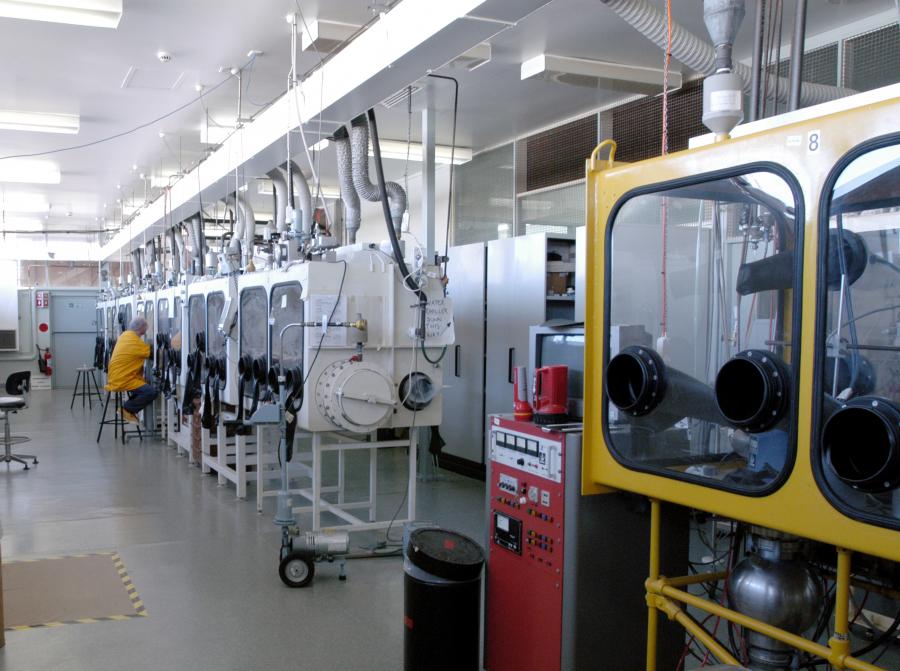Nuclear
The Plan Safe factor
Our Services
Safety Engineering and Assurance
The Plan Safe team are experts in Safety Engineering and Assurance. We work with your engineering team to develop pragmatic and solution focussed safety programs, so you can focus on delivering a great product. We develop clear safety arguments using goal structuring notation and implement industry-standard techniques like Functional Hazard Analysis and Fault Tree Analysis.

.jpg)
.jpg)
.jpg)
Our Team
Our Work
Nuclear Facility Periodic Review
Australia's leading nuclear organisation
Periodic Safety and Security Review (PSSR)
The Challenge
Our client required detailed nuclear safety and regulatory compliance services to undertake a Periodic Safety & Security Review (PSSR) of its nuclear medicine production facility to maintain its Nuclear Facility Licence issued by the Australian Radiation Protection and Nuclear Safety Agency (ARPANSA). Indeed, recent change in Australian nuclear regulations and nuclear facility licence conditions, reduced the interval for such PSSR from 10 years to 3 years.
What We Did
Plan Safe resources engaged into undertaking the Periodic Safety & Security Review, focused on deterministic safety analysis, in accordance with the ARPANSA standards and guidance. The team reviewed and interrogated safety of the facility over the past years, to give a view on future performance. It included assessments of:
· The design for safety considering current standards
· The condition and performance of structures, systems and components (SSCs) in place to ensure plant safety
· Reviewing existing safety analysis
· Operating experience
· Culture and organisational effectiveness

The Outcome
The PSSR report highlighted a set of recommendations and guidance to support the client in maintaining its nuclear facility licence and produce relevant PSSR report to the nuclear safety agency.
New Liquid Waste Storage Facility
Australia’s leading nuclear organisation
Radiological consequence risk assessment
The Challenge
Our client required detailed nuclear safety engineering services to undertake a radiological consequence risk assessment of its new liquid waste facility design to determine whether the radiological risks have been adequately mitigated through the current design prior to proceed with the next phase of the systems engineering lifecycle.
What We Did
Plan Safe resources engaged with the project engineering and safety team to identify the credible hazardous scenarios relevant to the operations foreseen in the new liquid waste facility, assess the radiological consequences for those scenarios, with relevant risk control measures and residual risk levels. Moreover, it was verified that adequate layers of protection were in place to meet the targeted risk level to confirm whether any safety instrumented function was required to achieve those safety objectives.

The Outcome
The risk assessment report produced enabled the client to determine the adequacy of the proposed liquid waste facility design based on the radiological risk levels and controls identified, and proceed with the next phase of the systems engineering lifecycle.
Nuclear Liquid Waste Storage Facility
Australia’s leading nuclear organisation
Functional Safety analysis for the consolidated design of the Liquid Waste Storage Facility
The Challenge
A new Liquid Waste Storage Facility is required by our client, this requires detailed functional hazard analysis to ensure safety and security for the facility once built and in operation.
What We Did
Plan Safe and our partners ALARP Solutions have been conducting Deterministic Risk assessments to assess the potential radiological risks associated to waste transfer/storage activities. Our team are conducting functional safety assessments, including Layers Of Protection Analysis (LOPA) to identify Safety Integrated Functions and derive Safety Integrated Level requirements.

The Outcome
Safety work for the Liquid Waste Storage Facility is ongoing, with the program on track to support our client.
The Client are able to continue their CAPEX program, with comprehensive assurance that the risks are being managed and eventual facility design will meet all ARPANSA Requirements.
Nuclear Laboratory – Hazardous operation
Australia’s leading nuclear organisation
Glovebox’s glove replacement Hazard Analysis
The Challenge
Our client operates a Nuclear Laboratory to handle and analyse heavy isotopes radioactive samples (such as Plutonium isotopes) for research purposes, i.e. nuclear monitoring and dating applications. Nuclear safety engineering services were required to assess the risks associated to the replacement of the gloves in more than 10 gloveboxes inside the Nuclear Laboratory.
What We Did
Plan Safe and our partner ALARP Solutions have undertaken a detailed Hazard Analysis, tailored to the client’s need (i.e. assessing two different concept of operations) composed of the following steps:
- Walking-through the laboratory to collect contextual information and understand the risks inherent in the Glovebox’s glove replacement operation.
- Identifying the credible hazardous scenarios, via appropriate hazard identification techniques, e.g. Hazard Identification (HAZID), together with their Initiating Events.
- Engaging with the relevant stakeholders through a risk assessment workshop to assess the radiological consequences, likelihood and determine the inherent risk for each hazardous scenario.
- Finally, identifying the mitigation measures and quantifying the residual risk to determine whether the risks have been reduced to As Low As Reasonably Practicable (ALARP) / tolerable levels.

The Outcome
The hazard analysis report produced enabled the client to have an overall understanding of the risk profile associated to this hazardous operation, determine the most suitable method to conduct this operation, with a set of mitigation measures and recommendations needed to reduce the risks to tolerable levels and ensure the safety of its operators.


.jpg)









